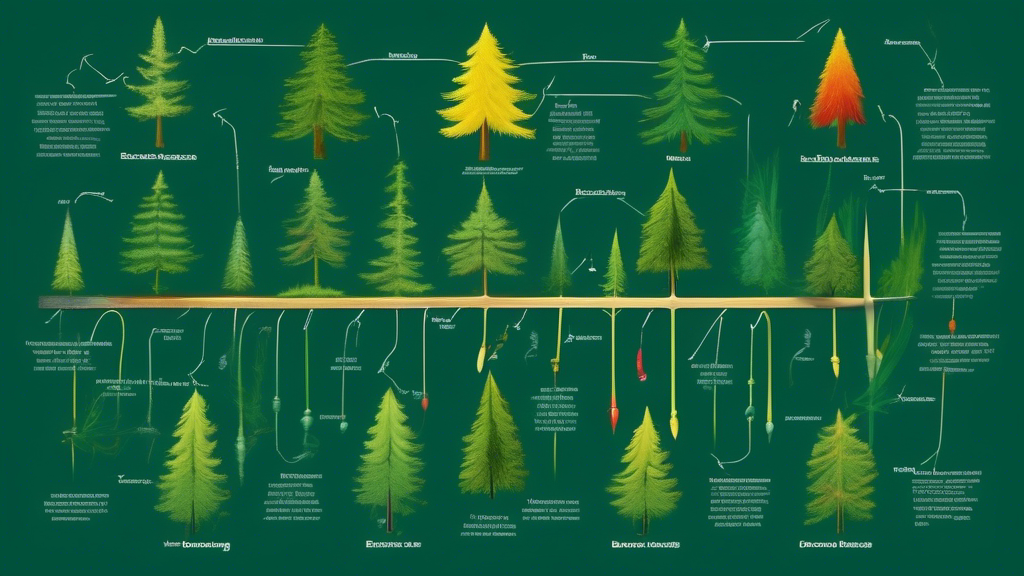Understanding Needle Drop: Why Evergreen Trees Turn Brown
Evergreen trees are iconic symbols of enduring greenery, often associated with permanence and vitality through all seasons. However, even these symbols of resilience are not immune to changes. Observing your evergreen turning brown can be a disconcerting experience, leading many to question the health and future of these majestic trees. This phenomenon, commonly referred to as needle drop, has several underlying causes ranging from natural cycles to environmental stressors. Understanding the reasons behind this can help in effectively managing and sometimes preventing the problem.
Natural Causes of Needle Drop
It’s important to recognize that some degree of needle drop is a normal part of an evergreen’s life cycle. Unlike deciduous trees that shed their leaves annually, evergreens renew their foliage gradually over time. Most evergreens will lose their oldest needles—those closest to the trunk or inner branches—each year. This natural process is often mistaken for disease or decay, but in reality, it’s a healthy sign of new growth. The timing and extent of natural needle drop can vary among species and environmental conditions, but it generally occurs in the fall.
Environmental Stress Factors
Beyond natural cycles, environmental stress can exacerbate needle drop and even lead to the browning of foliage. Drought conditions, for instance, deprive trees of essential moisture, resulting in dry, brown needles. Similarly, sudden temperature fluctuations, particularly late spring frosts or hot, dry summer conditions, can stress evergreens and lead to browning. Soil quality also plays a significant role; poor drainage, compacted soil, and incorrect pH levels can hinder root health and nutrient uptake, weakening the tree and causing further discoloration and needle drop.
Pests and Diseases
Apart from environmental stressors, pests and diseases are leading causes of browning in evergreen trees. Spider mites, for example, are common culprits that feed on needle fluids, while bark beetles bore into trunks, disrupting nutrient and water flow. Diseases such as needle cast, where fungi infect the needles, can also cause significant needle drop and browning. Early identification and treatment of these issues are key to preventing widespread damage and potential tree loss.
Management and Prevention
While the causes of needle drop can be complex, there are steps you can take to manage and even prevent some of the problems. Proper watering, especially during dry spells, helps mitigate drought stress and supports healthy growth. Mulching can improve soil moisture retention and temperature regulation. Additionally, monitoring for pests and diseases and implementing appropriate treatments promptly can save a tree from irreversible damage. For specific issues or persistent problems, consulting a professional tree care service like tree care is a wise course of action.
Conclusion
Evergreen trees turning brown can be a natural part of their lifecycle or an indicator of underlying issues. By understanding the common causes behind needle drop, including natural processes, environmental stress, and pests or diseases, you can take proactive steps to maintain the health and beauty of your evergreen trees. Remember, while some aspects of care and maintenance can be handled personally, complex issues often require the expertise of professional arborists to ensure the longevity and vitality of your trees.
